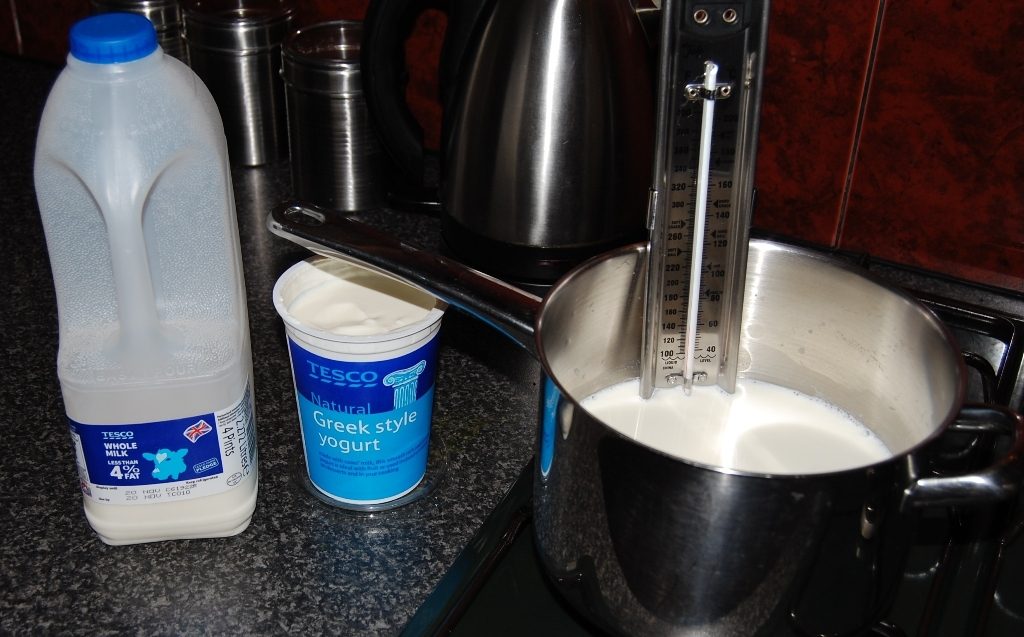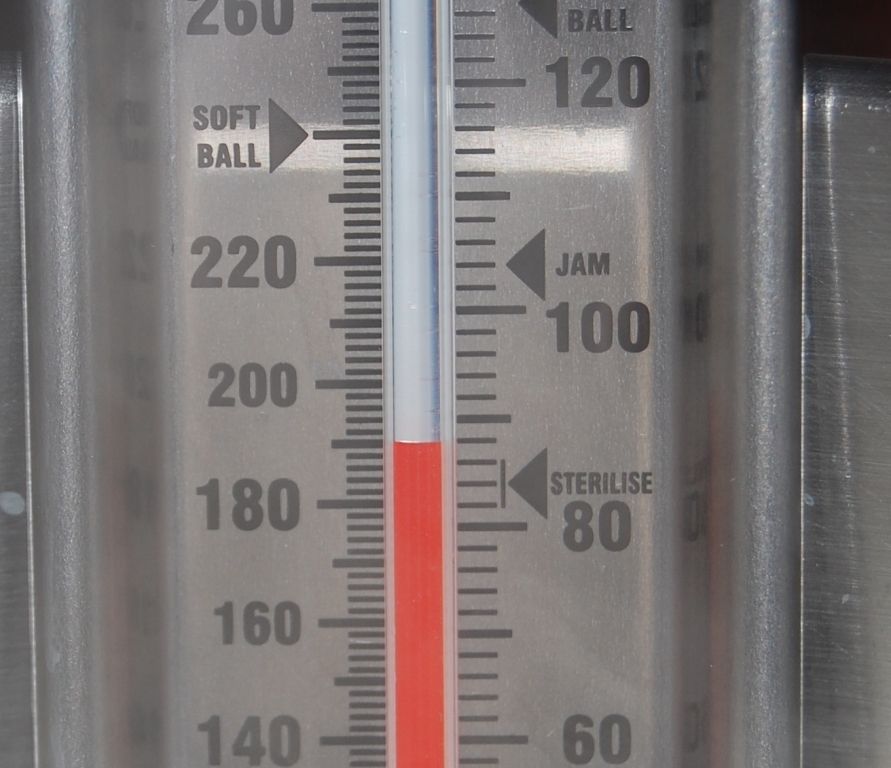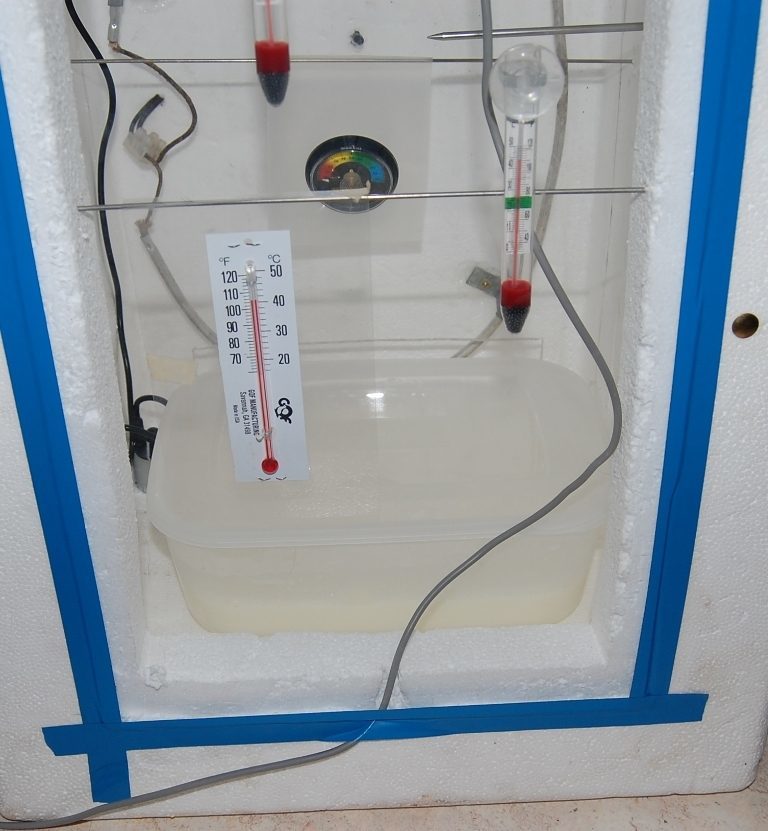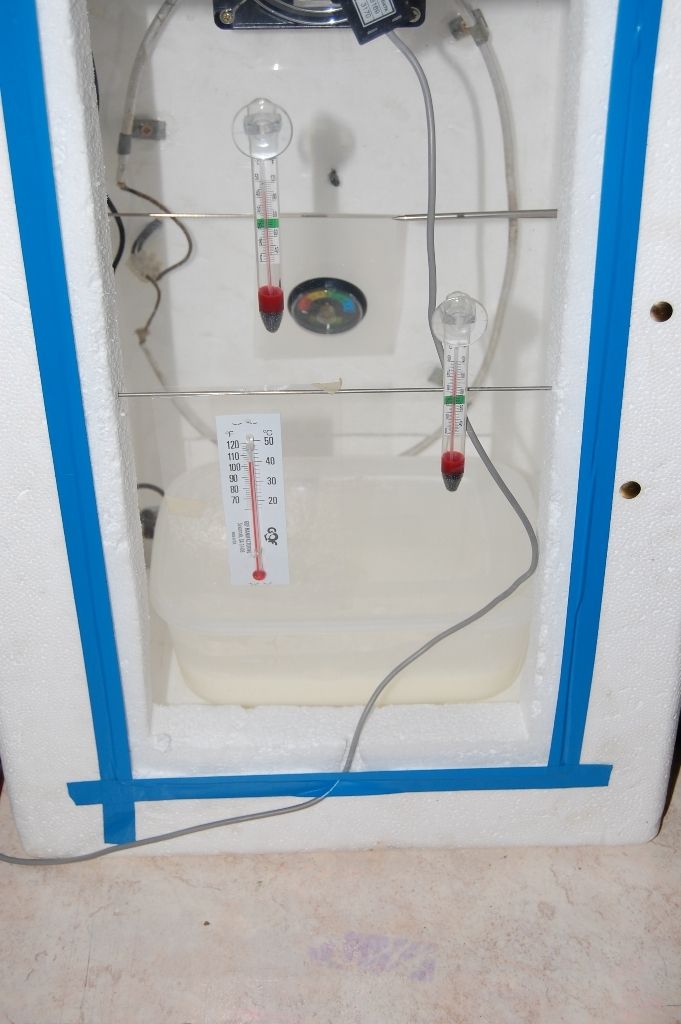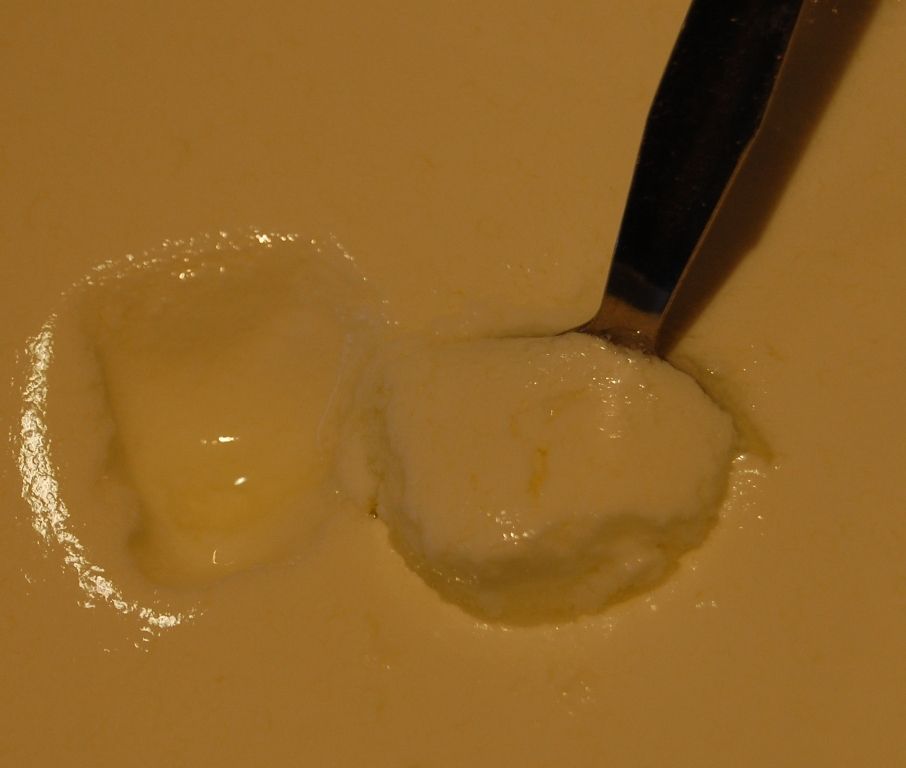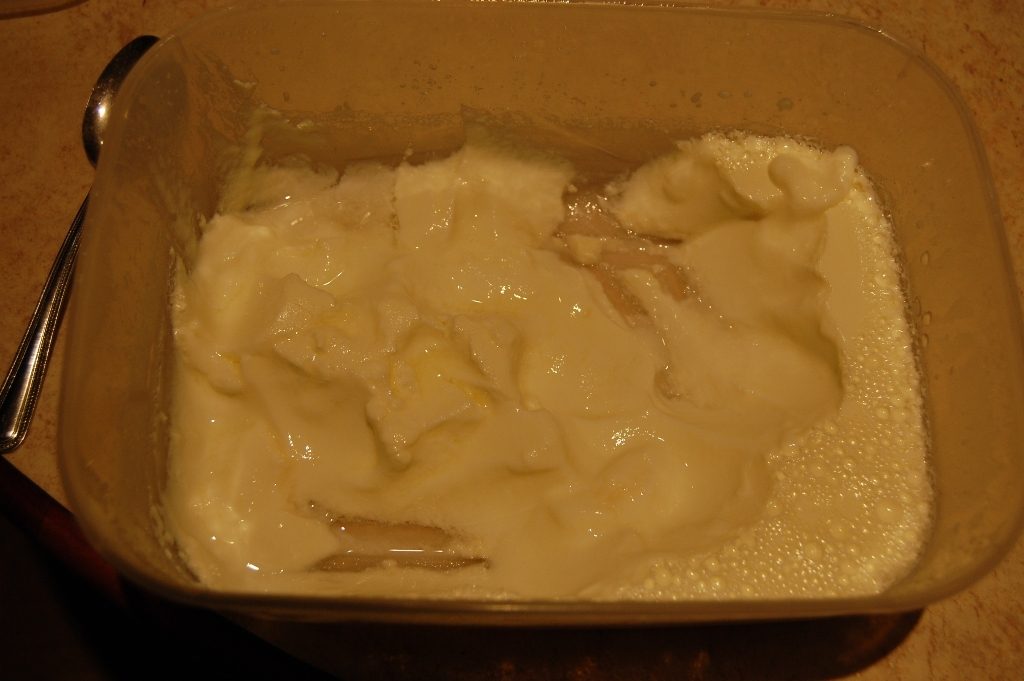I have my own Dairy Goats & have made yogurt from them Many, Many times with my own goats unpasteurized Milk. I'm not a fan of powdered milk, so I do not add any into my yogurt at all.....I prefer it Natural. The finished product does have the water (whey) but I strain it into a flour cloth...... thin cotton fabric for dough wrapping. My local Dollar Tree carries it. One cloth for a $1.00 is Worth it.
 Cheesecloth is too airy & your yogurt will get stuck All into it. Anyway when done fermenting (incubating) I take each quart & empty the yogurt into my strainer lined with the flour cloth, I sit the strainer over a bowl to catch the whey that will slowly drip out. I cover it with a pan lid so it can stay sterile (I don't want a stray gnat finding it's way into my draining yogurt). Some people tie a string around the gathered top of the cloth & let it hand to dry in their frig over a bowl to drain. But I find it drains the whey faster at room temperature. I usually check on the draining yogurt each hour or so & sometimes empty the whey bowl...then I check on the thickness of the yogurt. If yours has drained too much & is it is too thick to your liking, you can just add back some whey stirring in a tsp at a time back into the yogurt to where you'd like the consistency to be. I find making cultured yogurt to fill a quart jar, that after drained each quart jar is reduced by nearly half. I put the cultured milk to ferment into glass canning jars with a plastic canning jar screw on one piece lid (usually found where canning jars are or online). I put my finished drained yogurt into recycled glass marshmallow fluff jars. They're the perfect size for my finished yogurt.
Cheesecloth is too airy & your yogurt will get stuck All into it. Anyway when done fermenting (incubating) I take each quart & empty the yogurt into my strainer lined with the flour cloth, I sit the strainer over a bowl to catch the whey that will slowly drip out. I cover it with a pan lid so it can stay sterile (I don't want a stray gnat finding it's way into my draining yogurt). Some people tie a string around the gathered top of the cloth & let it hand to dry in their frig over a bowl to drain. But I find it drains the whey faster at room temperature. I usually check on the draining yogurt each hour or so & sometimes empty the whey bowl...then I check on the thickness of the yogurt. If yours has drained too much & is it is too thick to your liking, you can just add back some whey stirring in a tsp at a time back into the yogurt to where you'd like the consistency to be. I find making cultured yogurt to fill a quart jar, that after drained each quart jar is reduced by nearly half. I put the cultured milk to ferment into glass canning jars with a plastic canning jar screw on one piece lid (usually found where canning jars are or online). I put my finished drained yogurt into recycled glass marshmallow fluff jars. They're the perfect size for my finished yogurt.
 & the Perfect container to give yogurt away in....my family LOVES my Homemade Yogurt!
& the Perfect container to give yogurt away in....my family LOVES my Homemade Yogurt!
 My FAVORITE is to put some of my Homemade yogurt into my Magic Bullet Blender with a handful of unsweetened frozen fruit pieces & blend it....DELICIOUS Smoothie! & since made Naturally there are no extra calories or added flavors.
My FAVORITE is to put some of my Homemade yogurt into my Magic Bullet Blender with a handful of unsweetened frozen fruit pieces & blend it....DELICIOUS Smoothie! & since made Naturally there are no extra calories or added flavors.

Some people make yogurt in their crock pot too. I have not tried that (yet). I sometimes make batches as large as 4 quarts & prefer to drain only 1 quart in a strainer at a time, so for now I'm Happy with the process I use now. (the process Miss Prissy describes).





Some people make yogurt in their crock pot too. I have not tried that (yet). I sometimes make batches as large as 4 quarts & prefer to drain only 1 quart in a strainer at a time, so for now I'm Happy with the process I use now. (the process Miss Prissy describes).

Last edited:

